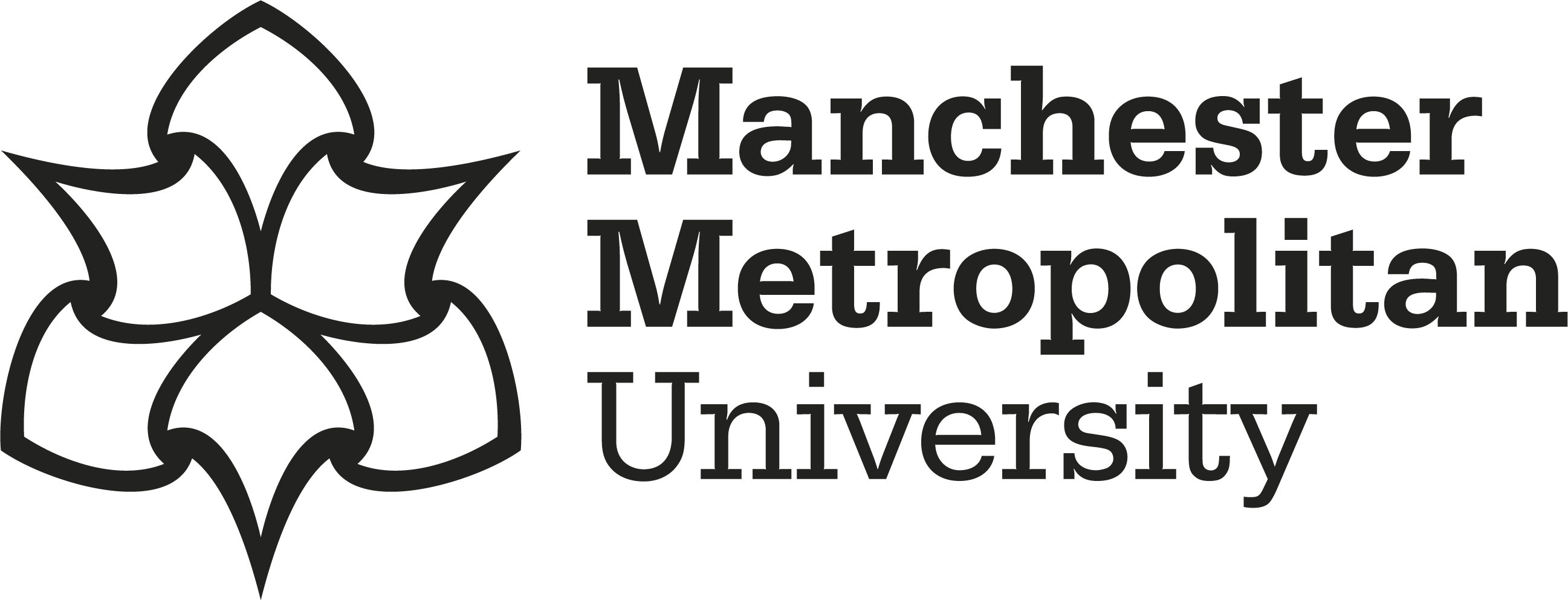Dagnall, Neil 

|
Published Version
Available under License Creative Commons Attribution. Download (1MB) | Preview |
Abstract
Via a shared link with schizotypy, paranormal belief (PB) and conspiracy theory endorsement (CT) influence meaning in life (presence and search). This association is important because meaning in life (particularly presence) is a significant prognosticator of positive wellbeing. Despite this, previous research in this domain remains limited. Major restrictions being the assumption that belief is homogeneous and the failure to consider how factors related to positive wellbeing (i.e., creativity and self-esteem) explain links between belief, schizotypy and psychological health. Accordingly, based on PB, CT, and schizotypy, this study used latent profile analysis (LPA) to identify belief subgroups. Analysis then employed sequential mediation to assess whether creativity and self-esteem mediated the relationship between belief and meaning in life. A sample of 647 completed measures at four time points 2 months apart. At baseline, LPA identified two subgroups: Lower (Profile 1) vs. Higher (Profile 2) belief Ideation. Path analysis revealed that Profile 2 (vs. Profile 1) predicted greater search over time. Moreover, Profile 2 predicted creativity (self-efficacy and personal identity), which in combination with self-esteem, sequentially mediated the belief-meaning in life relationship. Explicitly, creative self-efficacy prognosticated greater self-esteem, which aligned with greater presence and lower search. Creative personal identity demonstrated a negative link with self-esteem but predicted presence and search. Overall, higher scorers in PB, CT, and schizotypy were less driven to search and more likely to possess presence as a function of possessing confidence in their ability to find solutions to problems and self-esteem.
Impact and Reach
Statistics
Additional statistics for this dataset are available via IRStats2.


